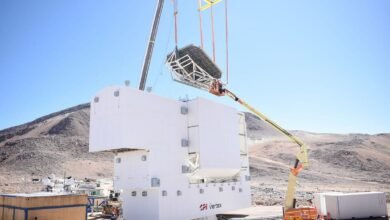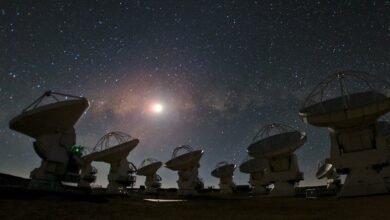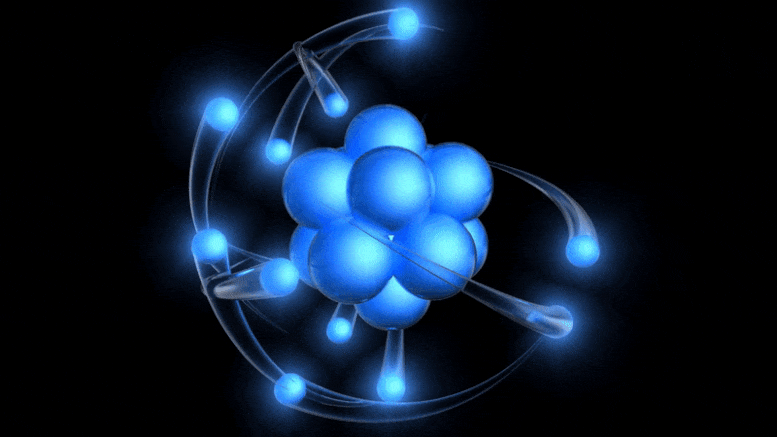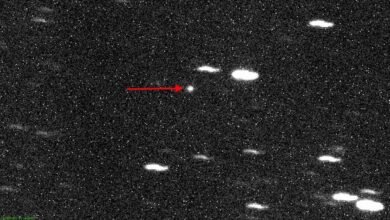Video: NASA’s PUNCH mission sees the Sun’s corona in action | by Ethan Siegel | Starts With A Bang! | Jun, 2025
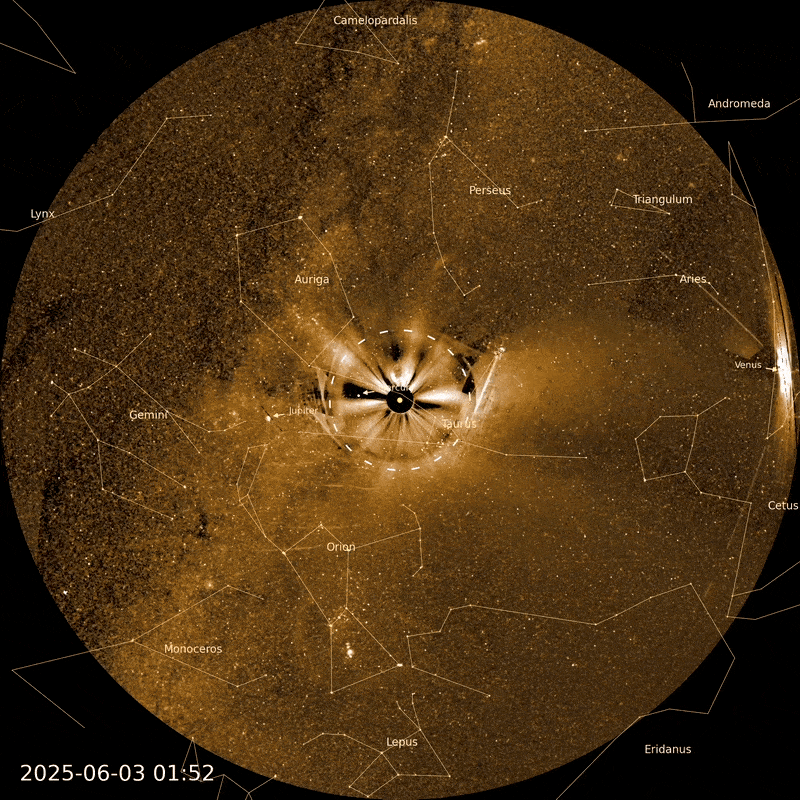
Launched in March, the PUNCH mission has viewed two incredible coronal mass ejections, tracking them farther from the Sun than ever before.
Here on Earth, we think about the Sun in an overwhelmingly positive way. It’s the giver of nearly all light and energy received on Earth’s surface, and the primary driver of life on our planet. The process of photosynthesis requires the Sun, and the day/night cycle signals to organisms when to wake and when to sleep. Seasonal variations, due to Earth’s axial tilt and our latitude on the planet, determine the amount of energy we receive, with temporal variations in the Sun’s energy output being small compared to its overall flux.
And yet, the Sun is not a constant emitter of energy at all, but rather varies and fluctuates due to an incredibly complex suite of astrophysical phenomena. The Sun isn’t just a ball of plasma that radiates light out into space, but contains a complex internal magnetic field, an ultra-hot diffuse halo known as the corona, and launches particles — via solar flares and coronal mass ejections — that stream all throughout the Solar System, impacting planets and their moons and causing all sorts of complex physical phenomena.
Source link

